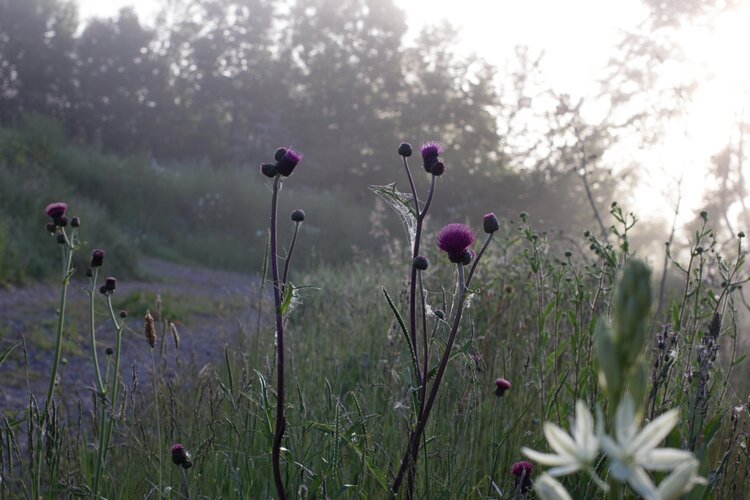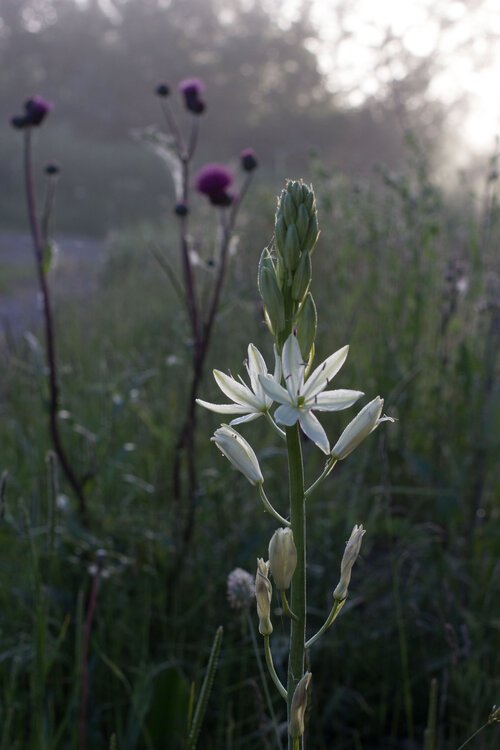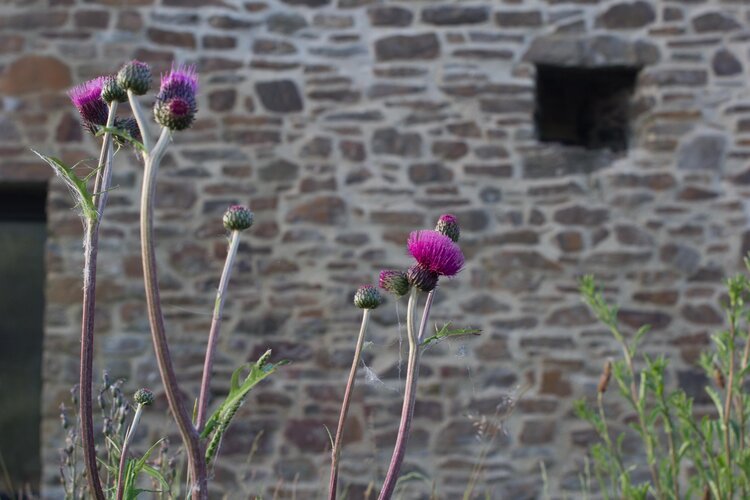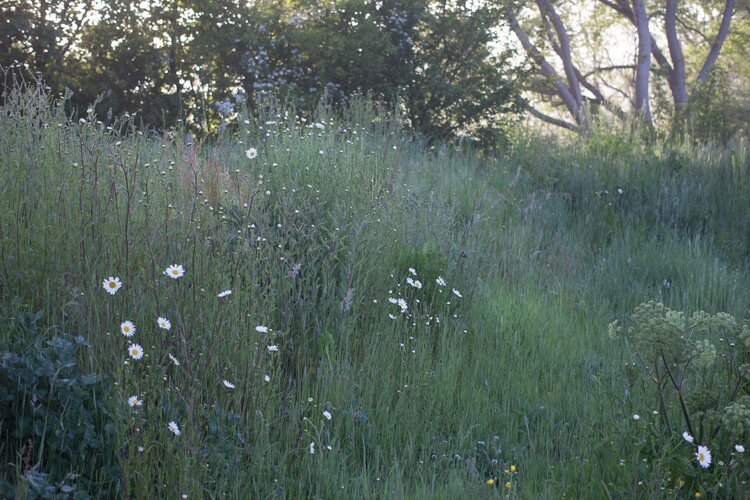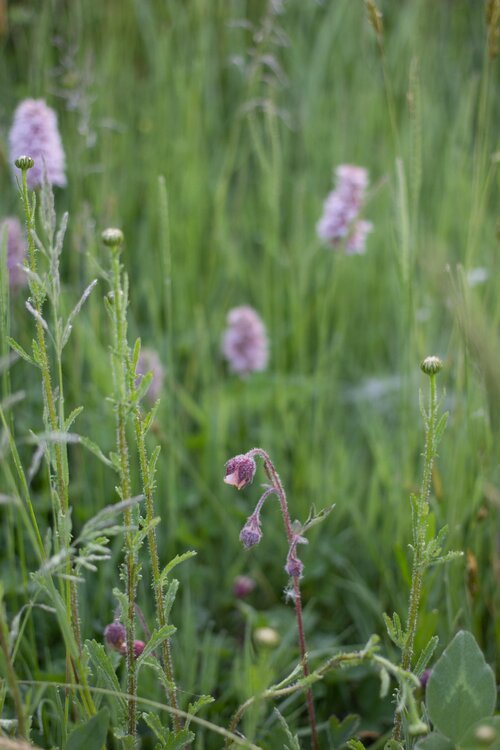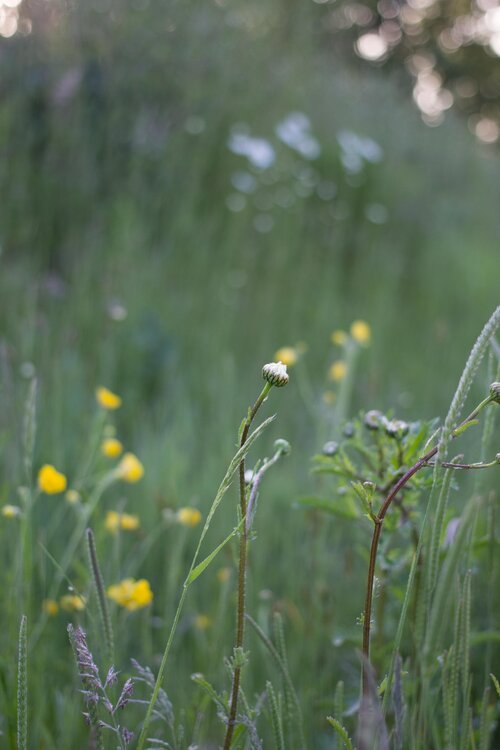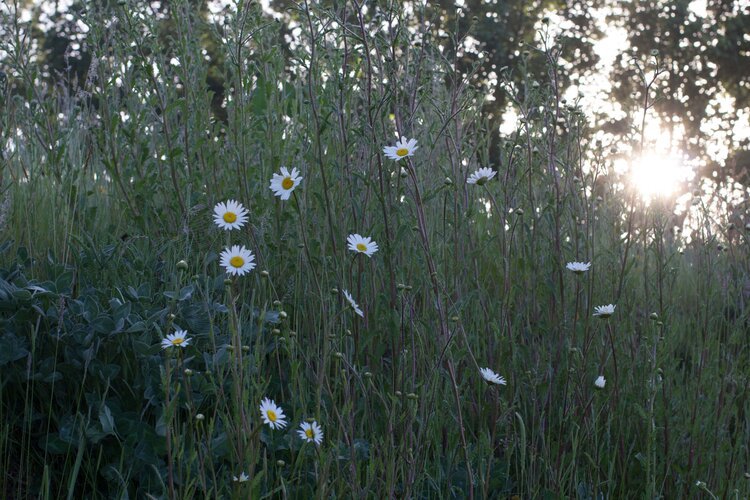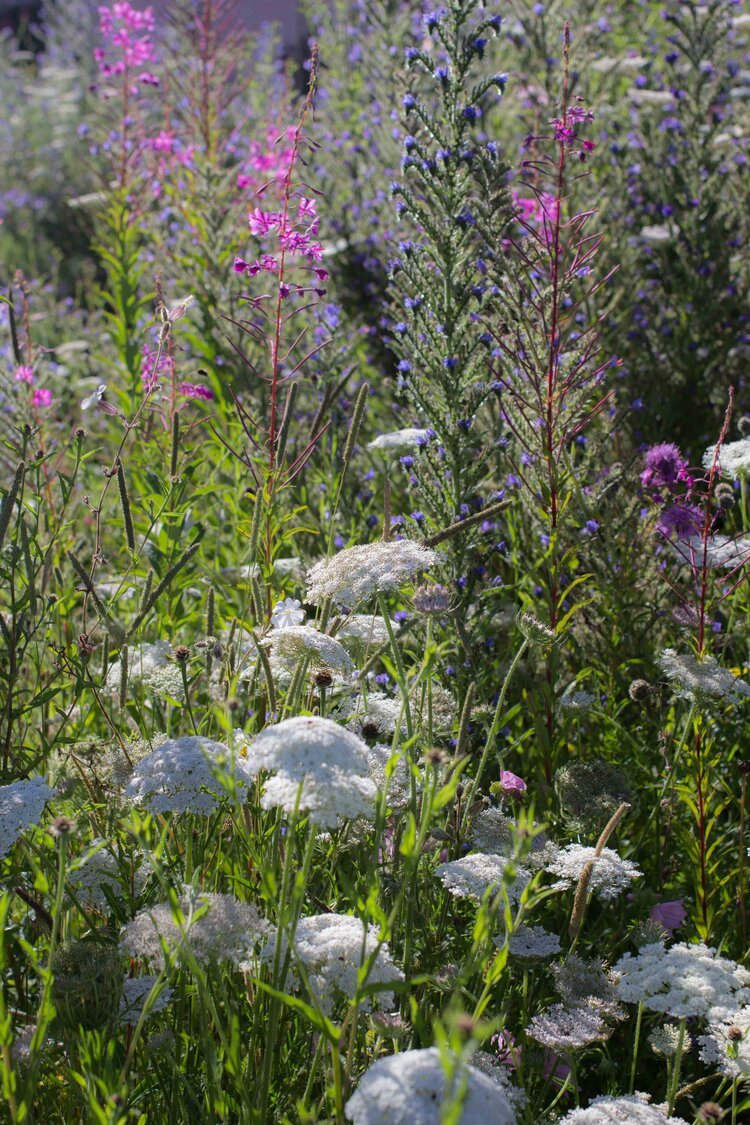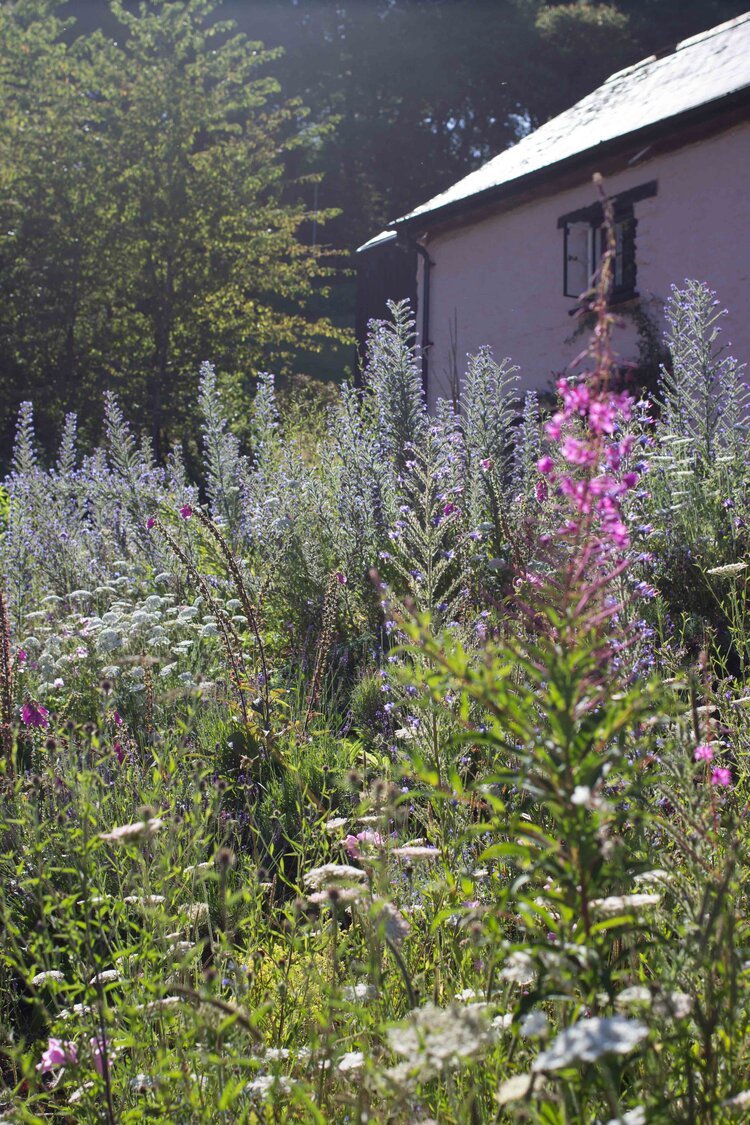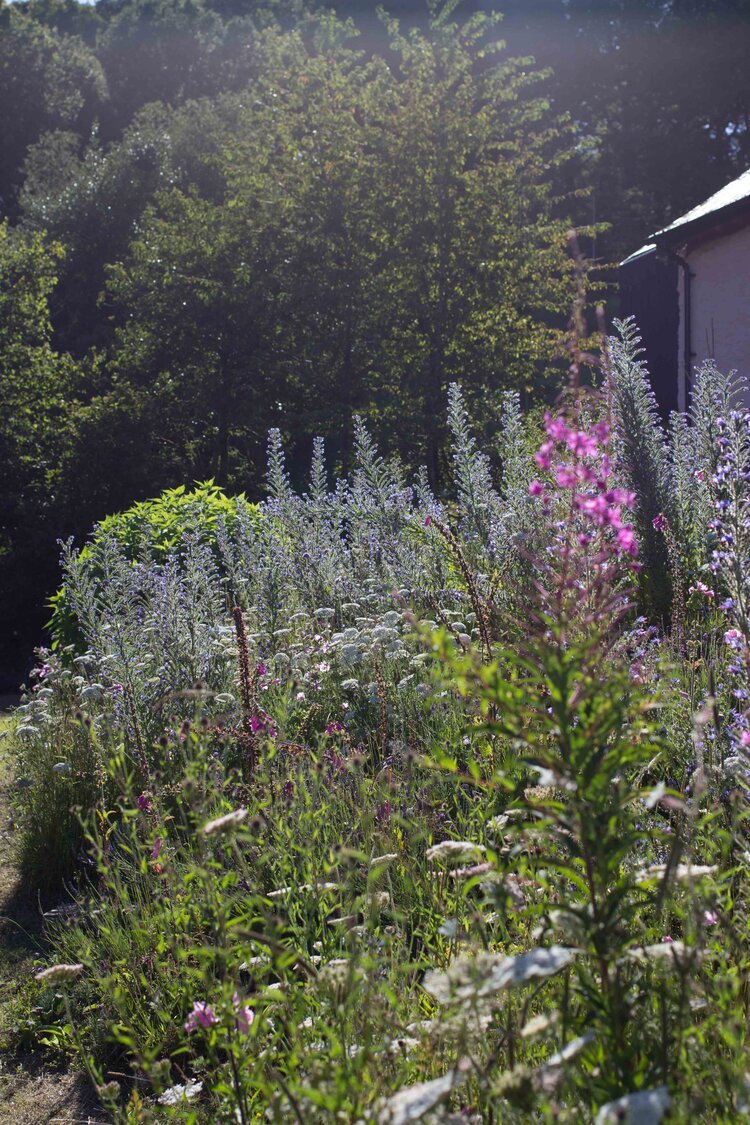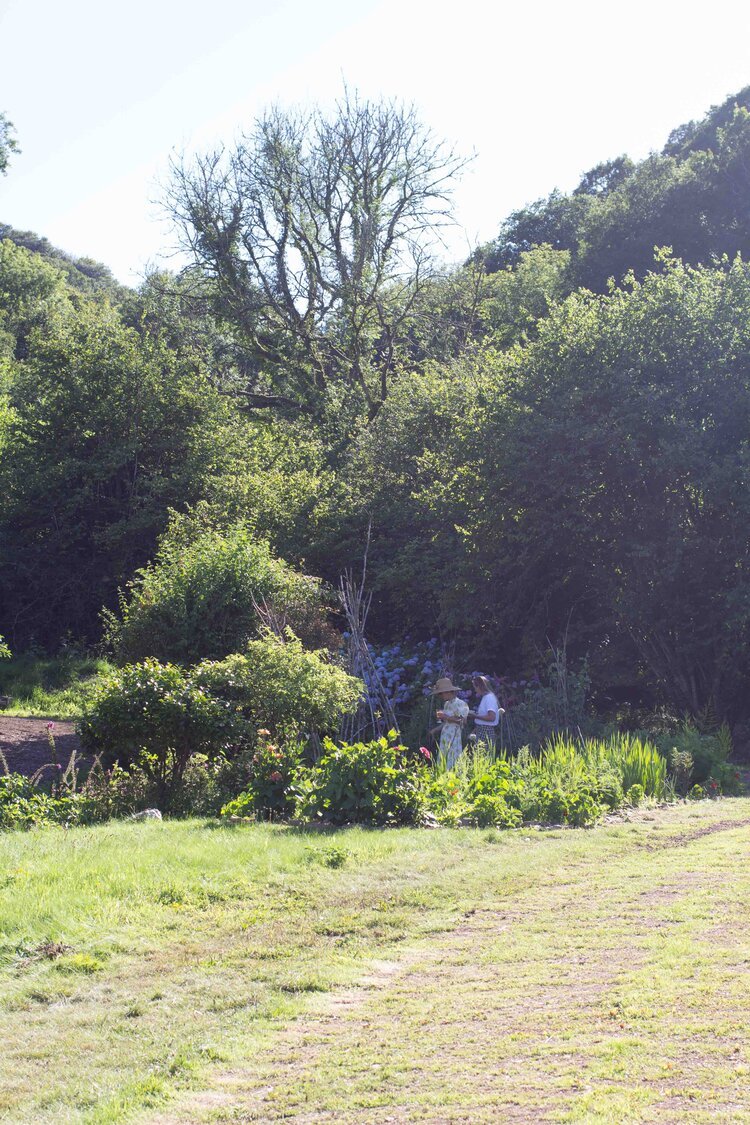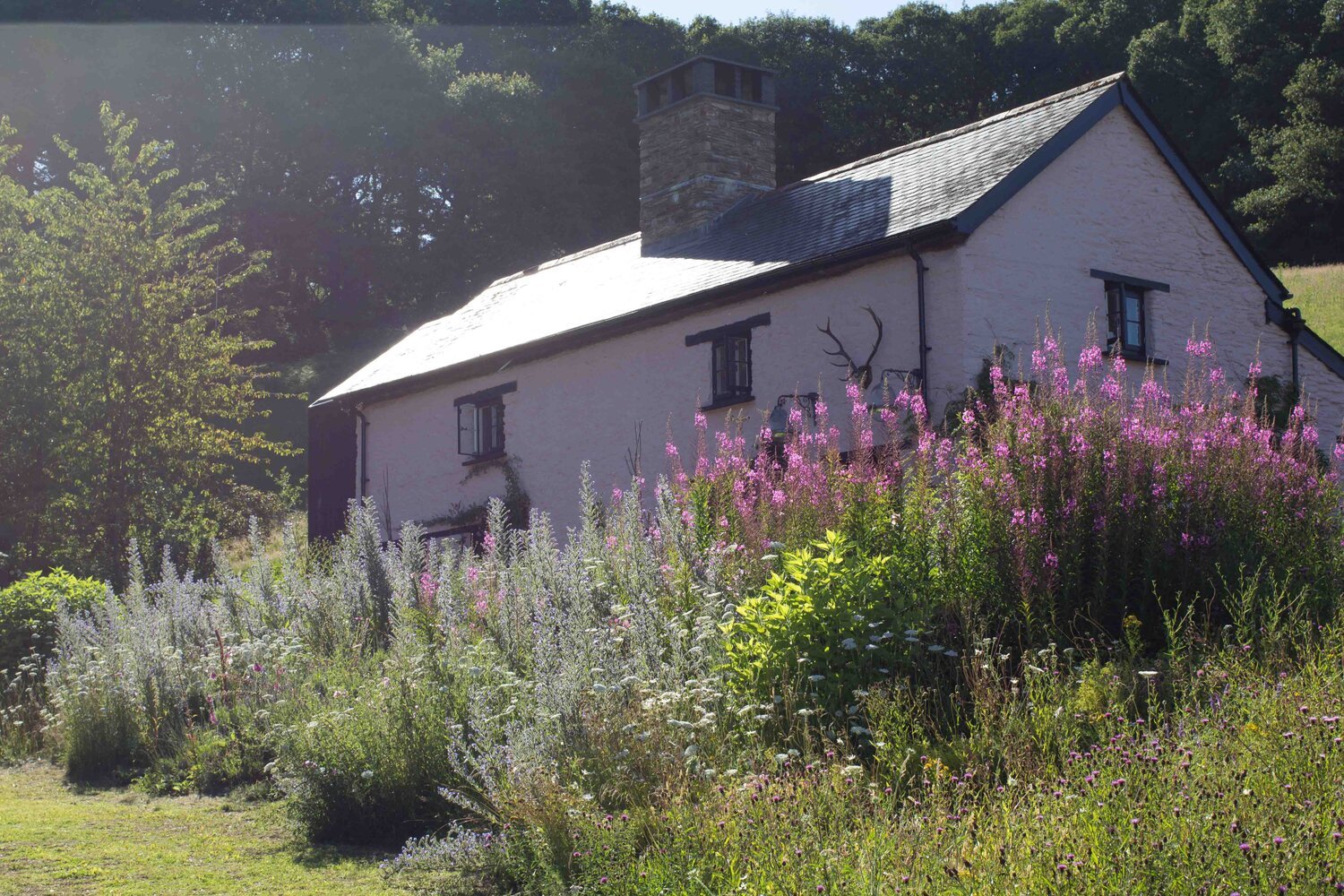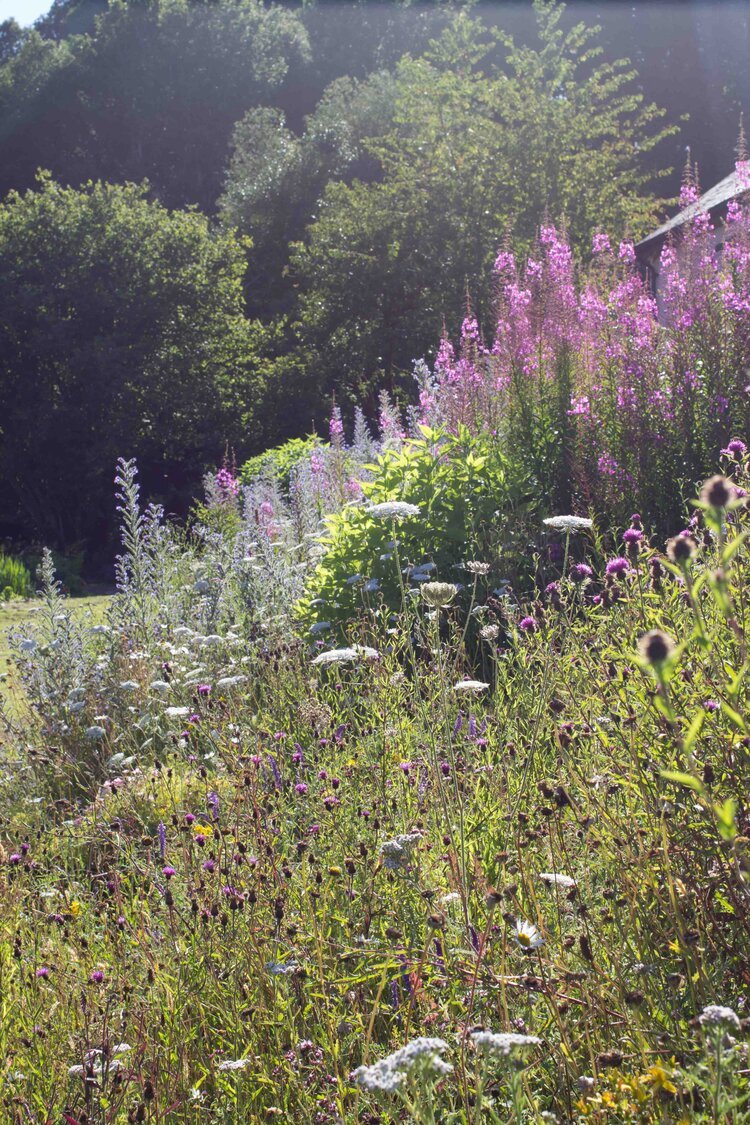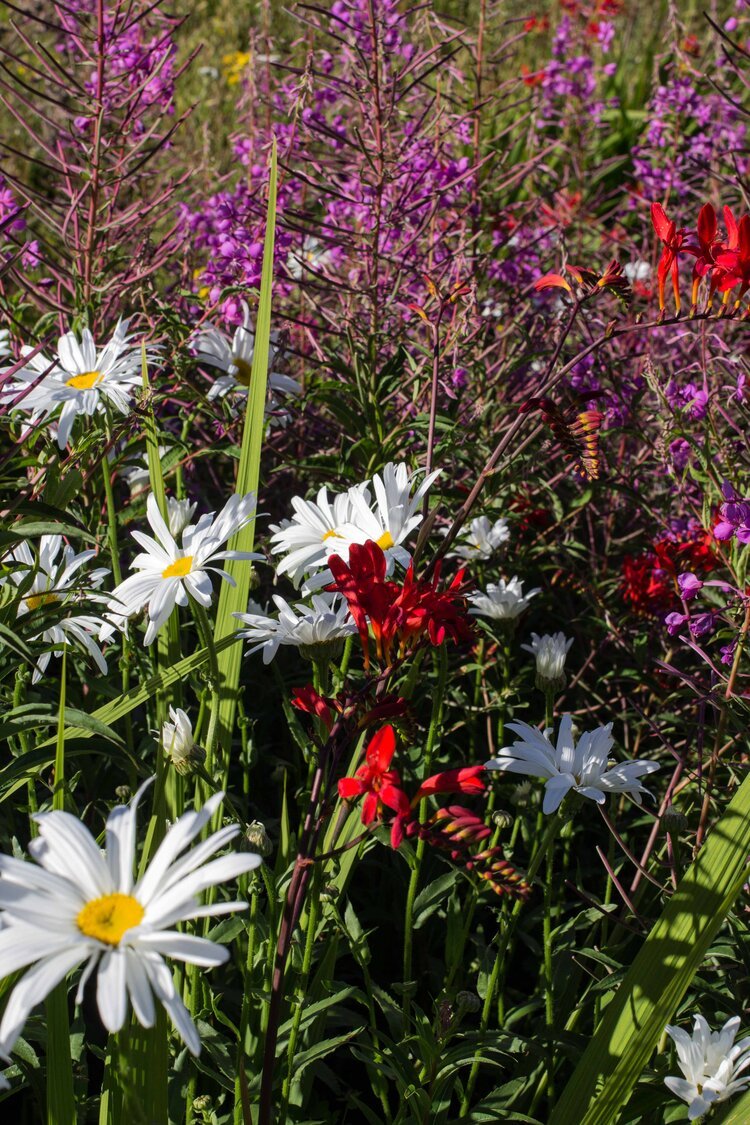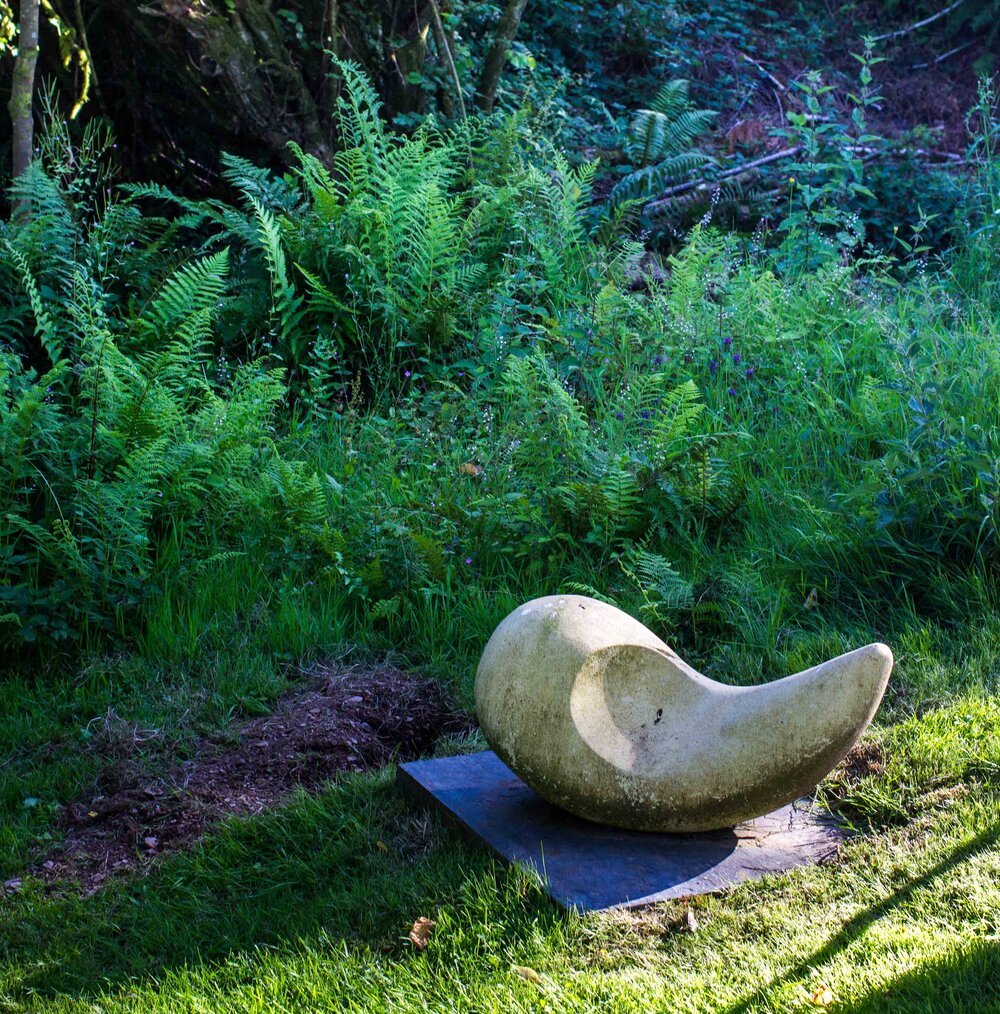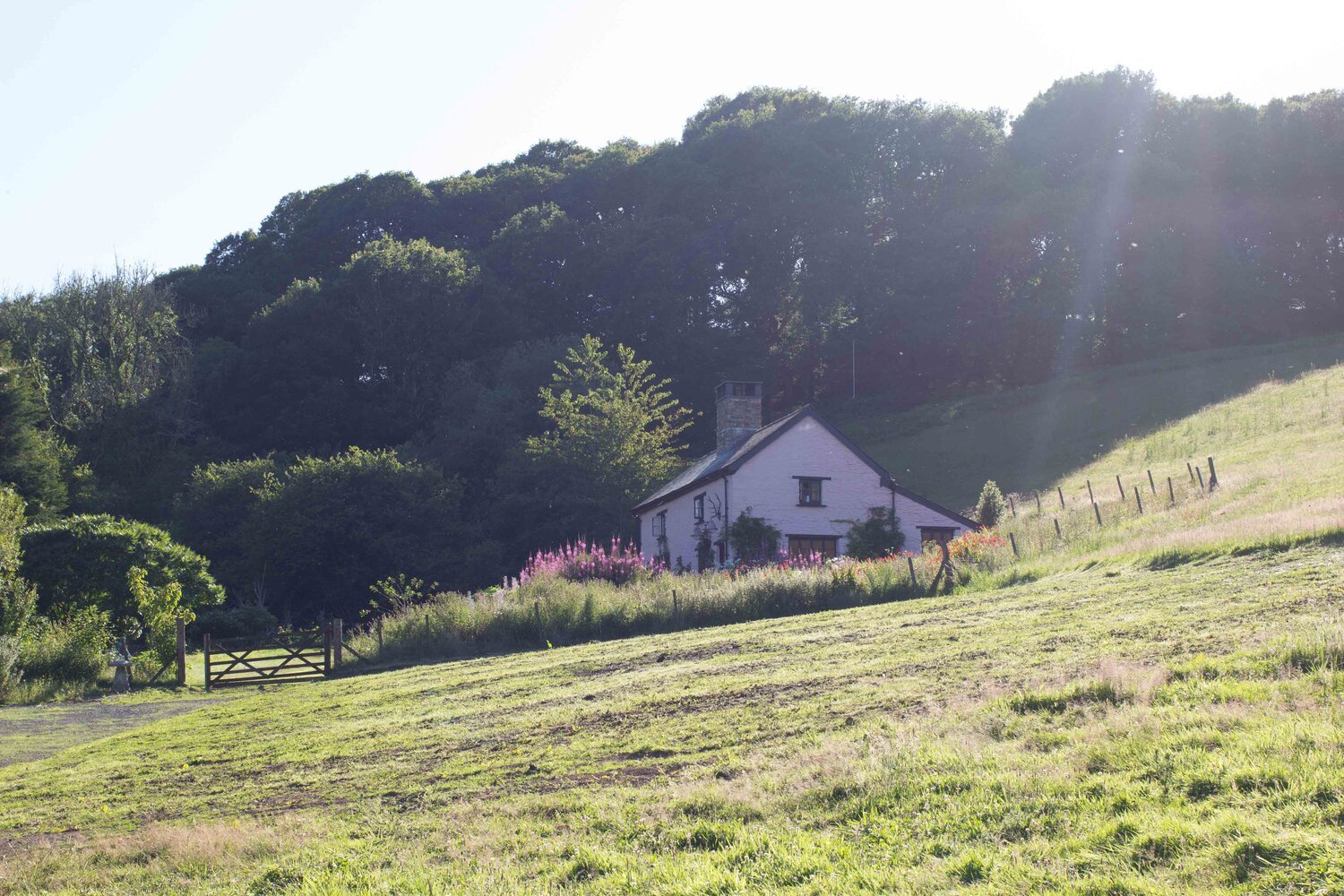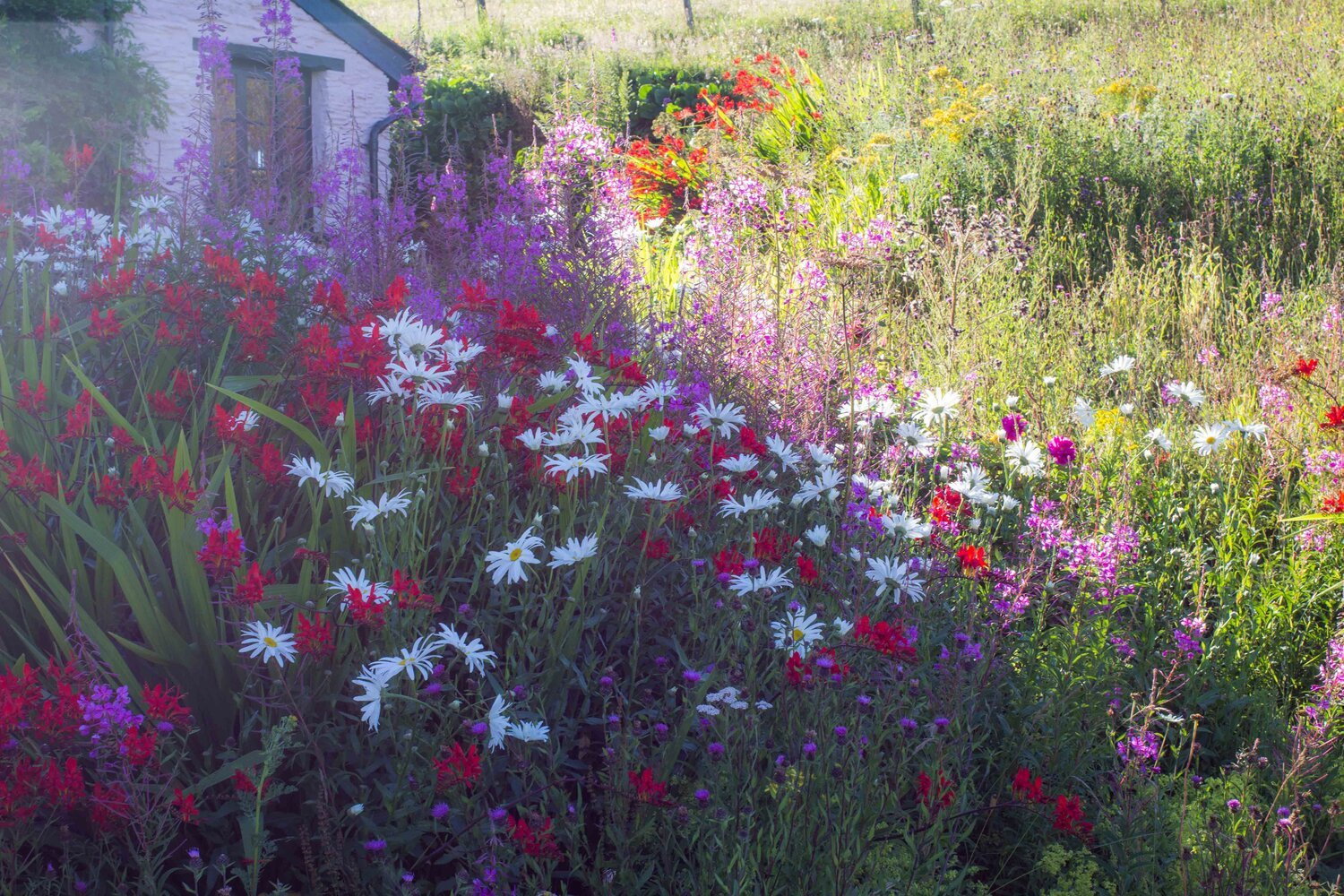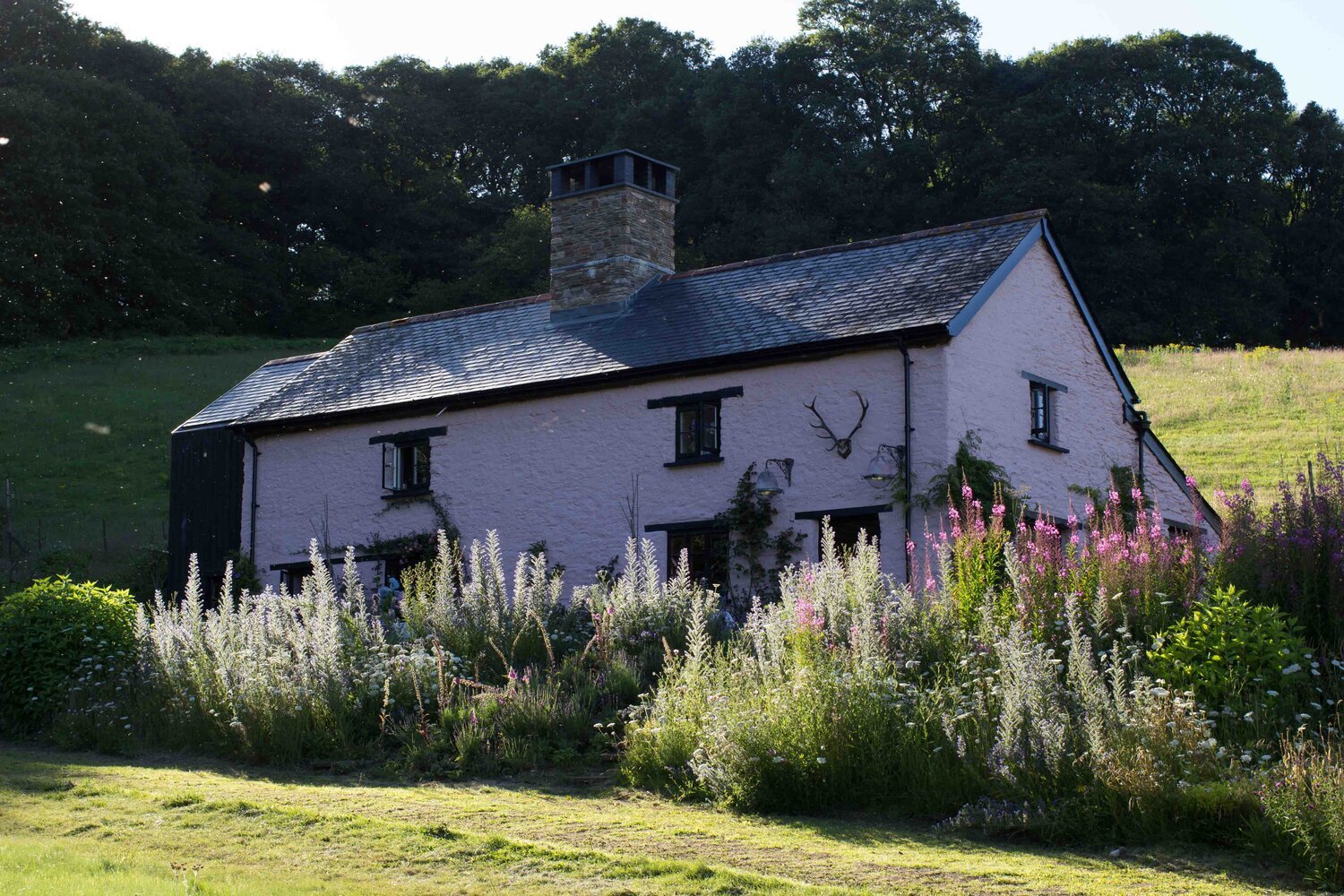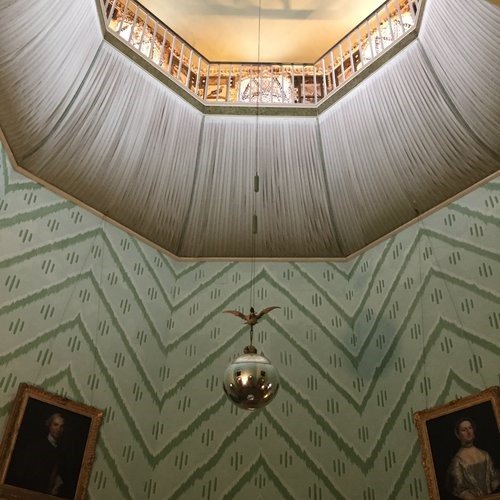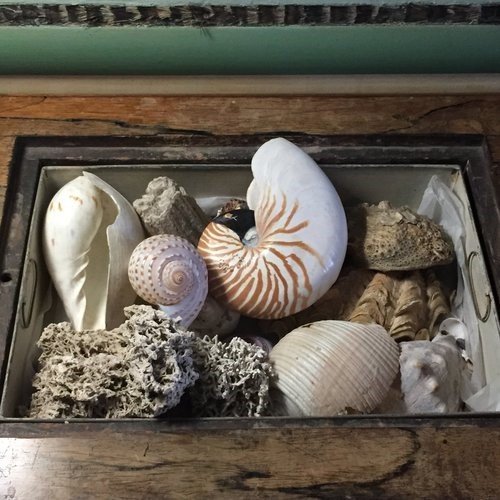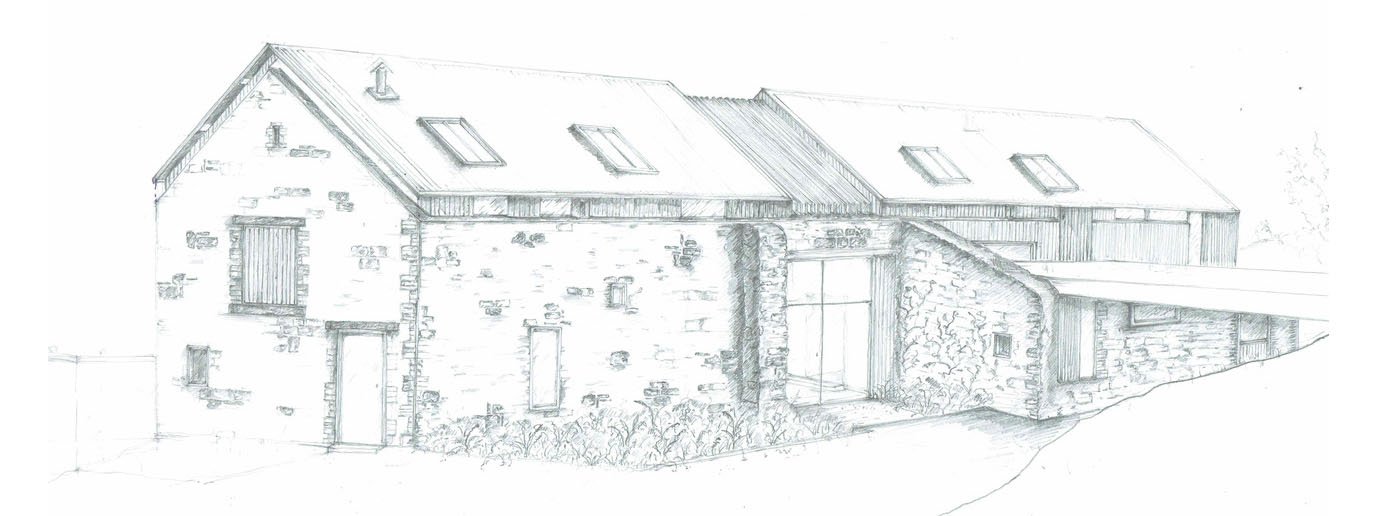
Journal
Learning from Nature
Digg & Co. Studio has been working with Glen Falloch estate on naturally inspired landscape restoration. This video was produced by Loch Lomond and the Trossachs national park team to showcase the positive moves being made to turn around climate change and reverse biodiversity loss.
This year has seen some deeply humbling work come through the studio. None more profound than beginning a journey of restoration and recovery within the highlands of Scotland.
Together with Glen Falloch estate and Loch Lomond & the Trossachs National Park, we are pioneering novel ways of restoring biodiversity, repairing damaged and over-grazed land and linking remnant patches of ancient upland forest.
We can’t say much more for now, save sharing this video, which was shot whilst on location in one of the peatland re-wetting projects.
This was produced by the national park for COP26.
Developing natural solutions to climate change with Glen Falloch Estate and Loch Lomond & The Trossachs National Park.
The Wendling Beck Exemplar Project
Digg & Co. Studio masterplanned the Wendling Beck Exemplar Project. Today we found out the project received £100,000.00 to continue to the next stage of design and to begin restoring the first habitats.
Digg & Co. Studio have been part of the story of the Wendling Beck Exemplar Project from its inception. It is a multi-landowner natural capital project focusing on biodiversity net-gain and regenerative agriculture.
The Wendling Beck Masterplan
Initially we were asked to formulate a landscape scale masterplan which encompassed the vision of 5 landowners who have come together to deliver a groundbreaking nature based solutions project over 2000 acres. This was conducted by taking an initially geological approach followed by soils, connectivity and climate based analyses to garner the best possible habitats from the current arable land. This was combined with cultural landscape studies and historic mapping data we gathered along the way.
The landscape was then ecologically baselined and we are now at the stage of designing the new habitats within the sphere of the DEFRA Biodiversity Metric. This wide open area of woodlands, savannah and grassland will act as an offset to development and infrastructure both locally and nationally, and create a core of amazing biodiversity right in the heart of Norfolk. From wetlands to heathlands, the beleaguered natural state of this little corner of England is about to get a great deal more exciting. :)
It is with great excitement that we announce that a recent funding bid has been won to progress this multi-faceted sustainable income based model of habitat recovery to the next step.
CLICK HERE to watch the video supporting the project.
CLICK HERE to read the Eastern Daily Press article about the project’s success.
The Landscape of Home
As the building work on Ash Barn settles, we have time to explore concepts in planting which underpin the studio’s philosophy on landscapes and their connections.
We started work on the Ash Barn landscape in October 2019 with a species rich sowing of native wildflowers around the boundary and out of the way of the main building works. This is really its first summer of being somewhat established.
Into the varying soil profiles we have planted and further seeded European perennials to enhance the wild and exuberant nature of this tended habitat. The aim is symbiotically link the surrounding hinterland of native woodlands and scrub with a fireworks display of ecologically appropriate plants in a mildly domestic setting.
The blend of textures and forms as well as mutualistic support of European insects, funghi and other biota is the web that underpins how the garden will develop over the coming years and underpins our thinking of how to create rich plantings in various settings.
We look forward to showing you more as new areas recently recovered from rubble spring forth with this vision.
Speak soon | Toby.
The Difference of a Day - 3rd February 2021
Sometimes a day takes on a month’s worth of time.
Sometimes in a year there seem to be moments where the axis of the season shifts. A sudden burst of speed, like the Merlin and Skylark we watched this morning as they wove their dance of survival across the freshening sky.
Rain has pervaded the soul down here in Devon. The river runs past the farm like a commuter late for the last train. It carries with it all the idiosyncrasies of our combined impact on the landscape. Sediment from fields washed out and dirty farmyards full of hungry, housed and horny beasts.
But today, the other half of the skylark pair was on the wing over the Gratton. Watching closely no doubt as the Merlin nearly cut short the life of its kin. One can understand why Vaughan William’s ‘The Lark Ascending’ is the most played and most popular piece of classical music in Britain today. The inspiration he saw and heard is so profound that it could be one of the finest examples of natural abstraction creating popular culture. Certainly the soaring notes we heard this morning have heralded this feeling of advancement.
Notably too, the grass. Yesterday the thermometer breached 10 degrees and by this morning, patches of beaten down meadow had flushed green. Another little hint at oncoming warmth and the return of plentiful insects.
On Mill Barton we farm alongside nature. Since January 1st we have cut and laid 250m of hedge, returning the chippings to the hedgebank from where they were first converted from soil and sunlight into the trees now laid on their side. We have also planted another 100 native tree species. But not as a wood. Alongside native meadow restoration of varying soil type and plant community, we are encouraging copses and glades to spring up amongst the grasslands. This eventual mosaic of wood pasture, open meadow and scrubby boundaries are strategically designed to allow summer shade, but also to temper and cut down the fierce wind which blows across the land from all directions.
For now we have to wait and endure the next round of cold before these little shoots of change and dynamism burst forth into the spring sunshine. But today, despite the long range forecast, life has moved on in a great hare’s leap.
Camp Farm - Autumn Visit 2020.
A short walk around a project we designed and planted in March 2020. This little video shows the garden after 18 months of growth and in its second year.
The Autumn came in with a bang this weekend. Storm Alex brought wind and rain to the Devon studio. However, only a few weeks earlier we were bathing in the last vestiges of summer heat and it was during that time that I managed to head across to Norfolk to see one of my favourite recent projects. The wild meadow/prairie garden at Camp Farm near Sheringham. The video below is a little walk round after the first full season on growth.
Throat Farm July 2020
Checking in on Throat Farm one year on from making the landscape. Both hard and soft landscaping was developed to suit a wild and natural aesthetic. This was to compliment the beautiful oak woods and meadows of Exmoor filling the frame beyond the garden fence. Native plugs and seed mixes were used to hark back to the wild days when the house was first purchased. There is still more to do, but the landscape was settling in nicely on a beautiful July evening.
We re-visited Throat Farm on Exmoor last night. This little cottage has stood in the ‘throat’ of the Harthanger Wood valley near Luxborough for hundreds of years, changing hands between farmers abode to farm workers digs and today a wonderful pair, who saw the potential of the location, call it home.
As you wind down the long gravel drive the little pink cottage is surrounded by native woodland and species rich grassland harbouring orchids, rare perennials and Common Blue butterflies.
We set to work last April on the landscape, crafting seating areas, plumbing the downpipes into stone troughs and retaining the steeper slopes in the vernacular ditching stone of the moor.
The final touch was to mix plug plants with a bespoke seed mix, which suited to the soil, aspect and the desire for a wild garden similar to what was found when the property was acquired.
Yesterday evening, as the sun spread long shadows from the Harthanger wood above, this is what one year of growth had achieved.
Enjoy the weather.
Toby
1700 Trees and counting..
On the farm, we have planted 1700 trees so far this winter. In this post we explore where is best to place trees and how to increase habitat, without unwittingly altering another.
When Digg & Co. first began, we knew we wanted to be somewhere that fitted with our lifestyle and mission. We felt that nothing was more appropriate than to position ourselves slap bang in between two of our iconic National Parks - Exmoor and Dartmoor. With open space and moorland within easy reach for inspiration, and an obvious shift change in the public’s mentality towards landscape, as both function and aesthetic, we are excited to be part of, and witness, the restoration of nature through projects which mirror these places and this momentum.
It is exciting to hear how the Holnicote Estate on Exmoor has recently undertaken some work to re-profile a stream which runs through their land, and how this added complexity is already improving water quality and water storage. Coupled with that, on January 30th, two Eurasian Beavers were released into a wet woodland enclosure on the estate to continue the works of natural flood management.
In the press release from the National Trust the project manager, Ben Eardley, emphasised the role Beavers have to play in natural flood management:
‘“The dams the beavers create will slow the flow, holding water in dry periods which will reduce the impact of drought. They will help to lessen flash-flooding downstream, reducing erosion and improving water quality by holding silt and pollutants.'“
Dave & Paco replanting a historic hedge. In the background you can see the woodland copses planted to aid habitat, give shelter to animals and add root structure to the hillside.
Whilst this is one solution for mitigating additional rainfall and winter weather made increasingly intense due to extra warmth in the atmosphere, another method, which does not require running water at all, is to plant trees in strategically designed locations.
I say designed because one must look at landscapes from an ecosystem point of view; we should not unknowingly start planting trees on a piece of habitat which may have more value than the intended wood. For example, if you would like to plant a wood to slow run-off upstream, buffer an agricultural field, or increase a timber holding, then first identify the land type on which you intend to plant. An arable field will be low in organic carbon (most likely), devoid of native species, and the soil structure will be weak due to years of ploughing and heavy machinery. On the other hand, a species rich flower meadow, now as rare as hen’s teeth would result a significant loss of important habitat and associated wildlife.
On the farm above the studio we take this approach. By employing landscape architecture techniques and both GIS and other proprietary mapping software, we can determine the best places for woodland creation with specific goals. So far we have planted 1700 trees this planting season with another 400 still to go.
The landscape will become more resilient to water and run-off, we will capture carbon during the growing season and add diversity to the revenue streams without risking the loss of valuable habitat.
Biomimicry in the Highlands
On a recent trip to the Scottish Highlands, the Digg & Co. Studio team took a look at the role contemporary farming practices such as holistic grazing and biomimicry could have on restoring biodiversity and richness to the uplands of Great Britain. Can we, through planned grazing and the correct rest/recovery periods use farming to restore the Caledonian ecosystems?
The Digg & Co. Studio team took a little break up to Scotland to study wilder landscapes and what is being done in more remote parts of the country to restore and repair ecosystems which were once far more vibrant. From tree planting and deer exclusion measures on the shores of Loch Lomond, to the comeback of vibrant heather moorland after the removal of sheep farming, it was fascinating to witness the complex interrelationships of how plants and animals have evolved to coexist, and how the current reductionist style of agriculture is homogenising one of our last great open expanses of landscape.
The key take away was speed! Speed of grazing and re-grazing, and the effects that blanket set stocking has on complex ecological systems. Where patches have been left to recover over a year or more, the rapid speed of germination and increase in biomass and diversity was everywhere. In this wet and fairly temperate landscape, growth comes easily, especially to trees. But, where sheep and deer have been allowed to linger, untended and never moved, the steady but severe reduction in diversity was clearly evident. So much so, that in one glen, where sheep have been allowed to wander aimlessly with no control, the resulting short lawn had done little to stop a cloud burst, which threatened the livelihoods of all who work below when the river became a raging deluge this summer. It is interesting, because I visited another area close by just after the floods, a patch of commercial forestry, and these two landscape types (both human) were by far the worst affected (coincidence perhaps..).
Coming back to the grazing conundrum, and taking a leaf out of André Voisin’s and Allan Savory’s holistic grazing methods, the solution for adding huge amounts of abundance and natural wonder to these upland areas, and in this case a National Park, is to manage the grazing appropriately with planned methods which remove the mouths of sheep and deer from certain areas for elongated periods of time. In many cases this might be a number of years in order to allow saplings, heather etc. to grow above the height of hungry mouths. But soon after this, they should be allowed back in, to graze off new shoots quickly before being moved on to fresh growth. This way they would never overgraze any areas, the ‘mob’ effect would lead them to being less picky and the diversity of the understory and moorland would increase. I am of the opinion, that this increase would far outweigh the current method of total exclusion, where, once woodland has established, the resulting understory, denuded of its natural refreshers, the deer, grows rank and monotonous with large areas of bog myrtle, ancient heather and moor grass. In fact, this total exclusion probably reduces diversity further from a floral perspective, but seems to increase abundance and diversity in bird species.
So how does one do this? The farmer is a beleaguered individual, especially in the hills, he/she is overworked, underpaid and completely at the mercy of sometimes savage weather. But as with all humans, he/she is looking after a system which is so complex the world’s best scientists could still not tell you how it all fitted together and herein lies the problem, the oversimplification of a highly dynamic system, which never evolved to be farmed like we do today. When sheep starburst across a hill, is that natural? If a wolf prowled the shadows each night, would they graze alone? No. Similarly, when a hillside starts to lose its birdsong, grouse, deer even, should you leave your sheep to continue reducing the landscape to a poorly managed turf? No. All we have as precedents for biodiversity are wild ecosystems, so why aren’t we using them as our guides?
Once you become a farmer, like we are down in Devon, you take on a role that is extremely humbling. You begin a process of oneness with the landscape you farm. This journey from now on, must be ecological, and a farming education must include a strong understanding of ecology. This may sound radical, but we must stop looking after our animals and instead look after our landscapes, for the landscape is your animal. They have a far closer connection than you ever will, but they cannot make the decision when to move to new pasture if you have given them no choice. They also cannot know that the simple process of herding generated the biodiversity we have today, when to them, herding is annoying and something reserved for surviving attack. But in this case, the ecosystem has evolved that way. I would be grumpy if I was a sheep and had to rub shoulders with my smelly relatives all the time, but if it kept me safe I would do it. In the case of our ecosystems this top down pressure of herding through predation gave us orchids and wildflowers and bees and myriad birds. Without this ceaseless fear exacted on the grazer, they simply eat too much too often and with that an entire complex ecosystem slowly ceases to exist.
So if you are a farmer, or a deer manager, align yourself more to the role of the wolf. Maybe stop considering your stock as the only important thing that you have, and instead look to the historic landscapes that once clothed your home, and begin to build them back by using your stock as a tool for restoration. We have begun doing this at home and the health and happiness of not only our animals but actually ourselves has radically improved, and so, with each new spring, and each new herald of the morning sunlight caught in the spirit of ever increasing birdsong you will know you are growing your land’s richness and securing an exciting future where we can all profit, not just people.
Toby.
Further Reading:
Call of the Reed Warbler by Charles Massy
Holistic Management by Alan Savory with Jody Butterfield.
New Life for 2020
A new calf is born as we turn the page on a new decade.
At the time of writing, the lingering mists of winter cling to the leafless woods. Rain, ever present in the South-west, rendered the heavy clay land useless for a trial of keeping our 16 strong herd of Devon Ruby Cattle out and about. The aim had been to open up the whole farm so they could forage the woodlands, meadows and wet fens. Not so. And with one particular field under a “Culm Grassland’ restoration scheme, it became clear that, despite best made plans, and more rain than Noah might have seen on the first few days of the flood, we would be forced to bring them in to see out the the soaking weather; their feet action, when too numerous, poaches the land which can then become compacted and refuses to accept rainfall like it should.
The Atlantic stream of wet did ease slightly just before Christmas, and, as we are currently working hard on our house (Nature Barn), we pressed on with lots of re-pointing and repair works in time to down tools before the festive season.
Nature Barn after some serious TLC and re-pointing. Now ready for the timber frame corner.
It is strange how sometimes just seeing a few days of sun during winter can remind you of what the spring will hold. Frost seemed to evade us when the sun did shine, which was perfect for our lime mortar, but there is a particular brilliance to a morning when those perfect little crystals cling to everything. It has an ephemeral charm that nothing can match. The earlier you see in the day, the more perfect it seems to be.
Christmas and New Year came and went in their traditionally manic fashion, and after 4 months of solid building, this one was really needed. Bella and I escaped to Norfolk to my old home and spent many hours walking and conversing with the family. The ever present deliberations of how to offer wildlife a long term future in our countryside and cities was one of the richest topics; the choice of books reflecting this. It seems important in these times to never stop learning. For transitioning to an ecologically based model requires careful thought and perpetual iterations. No one is perfect, but together we will do it.
Returning to Devon, and on a sunny morning the day after New Year, Jackie came down from the cow barn with big news.
“You better come quick.. We’ve got a new calf!”
Totally unexpected. A little Bull. It seems that it was wet for a reason.. as we would never have found him if they had still been foraging the landscape.
More to come.
Toby
A la Ronde, South Devon
A la Ronde is injected with a sense of adventure and creativity. These were two women who eschewed convention and with it, embraced their freedom and chose instead to further their love of craft and design. In doing so they created a house that is almost unmatched in the country. Not set within a real sense of local vernacular, nor distinctly of the Georgian era, the house has a whole set of rules and aesthetic of its own.
A sixteen-sided house, sat overlooking the Exe estuary in south Devon, designed and built by two unmarried 18th century women sounds like the beginning of a possible historic, fictional novel by Zadie Smith. It is in fact the true story of Jane and Mary Parminter who in 1796 following a ten-year Grand Tour of Europe embarked upon the challenge of building their own exquisitely designed house with estuarine views in the south west of England.
The house elevated above wildflower meadow pasture and with estuary views holds a commanding position. Built during Napoleon’s advancement through Europe, completed the same year of his battle at Caldiero, the prospect of invasion was real. The Battle of Fishguard in 1797 was a French invasion landing in Wales. Due to this threat, the ladies planned in tunnels below the house in case there was an imminent need to escape. The estuary position today, a welcome retreat and beautiful, but on the date of its inception, a riskier location.
Jane and Mary Parminter were two unmarried, well-educated, wealthy, young ladies. They were cousins who, with the option of marriage to a likely chosen suitor chose a very different and unconventional path for women of their time.
Perhaps they would have been better suited to our current social times than the late 18th century. This all makes A la Ronde that bit more exciting and adventurous. Adventurous in spirit, the ladies tour of Europe led them to create a house imbued with a sense of novelty.
The novelty of what travelling brings and the learning and ingesting of new designs, aesthetics guided their ideas. Based supposedly on the octagonal chapel of San Vitale in Ravenna, the sixteen sides, octagonal hallway and diamond windows fitted onto every corner are totally unique, locally and nationally.
The length and the breadth of where they travelled to and what they saw is mirrored in the amalgamation of styles and designs within the house. Small cupboards slotted in between rooms housing crockery and more unsightly objects are attractive and ingenious uses of space. The diamond windows use the Georgian sash technology but are altered. The sixteen-sided house allowed the ladies the ability to follow the sun at all times of the day leading to their final and most famous element of the house, the Shell Gallery.
The shell gallery on the upper walkway is an 8-sided shell encrusted grotto, designed and crafted by the cousins using shells they collected on their travels and others combed from the beaches of the Exe estuary below the house.
There is an air of the Bloomsbury set’s Charleston farmhouse to A la Ronde. Years before the likes of Virginia Woolf and Vanessa Bell were adorning the walls, doors, pottery and really anything they could cover with paintings and frescoes, Jane and Mary Parminter were encrusting A la Ronde’s walls and cornices with feathers, shells and different decorative painting techniques. Ingenious shutters for the diamond windows seem to be taken straight out of a Southern Italian villa with linen and netting to keep out the sun’s rays and keep a coolness to the rooms as the sun travelled around the property.
Beautifully crafted pietradura tables, clearly taken straight from their time in Florence on their Grand Tour sit alongside the feather fireplace surround. Shells sit within cabinets, perhaps too large or rejected from the grotto but stunning in their assembly. The entire house should be valued for showing how ingenuity, time and not taking design too seriously can create although small, unique masterpieces.
A la Ronde is injected with a sense of adventure and creativity. These were two women who eschewed convention and with it, embraced their freedom, chose instead to further their love of craft and design. In doing so they created a house that is almost unmatched in the country. Not set within a real sense of local vernacular, nor distinctly of the Georgian era, the house has a whole set of rules and aesthetic of its own.
Rivalled only in terms of curiosities and idiosyncrasies, is perhaps the Sir John Soanes Museum on Lincoln Inn Fields. The degree of eccentricity of rooms filled with shells, busts, antiquities, ‘nick-nacks’ is makes both properties wealthy treasure troves. What makes A la Ronde that little bit more unusual however is the basic matter of sex. One property is owned by a typical 18th century gentleman architect. The other owned by two unmarried wealthy ladies eschewing convention. Sir John was expected to travel to the continent and learn and bring back ideas and objets from his travels. Ladies were not.
Jane Parminter was the daughter of a wealthy Devon merchant who upon her father’s death, inherited a substantial fortune. Her wealth allowed the ladies to create the property at A la Ronde. Written into her will was the decree that the house should never be owned by a male heir and should always be passed down to unmarried female relatives. This held true for much of the life of A la Ronde. It has had one male owner who, although Jane may not have approved, made some needed restoration works and assisted in keeping the property together until the National Trust finally took control of the house in 1991. Having survived many years of possible redevelopment threats, with the roof being currently restored the house is set to live on for many years for women and men alike to enjoy the ideals and peculiarities of these two progressive and impressive women.
Nature Barn
Situated above a traditional Devon long house with far reaching views to Dartmoor and mid Devon’s rural landscape in the foreground, the Nature Barn commands a striking position.
Situated above a traditional Devon long house with far reaching views to Dartmoor and mid Devon’s rural landscape in the foreground, the Nature Barn commands a striking position.
The barn was built in the 19th century, with typical farm vernacular for a threshing barn including large full height doors on opposing sides and a run of calving pens to the south side. As is customary for buildings of this kind, the barn is made up of many styles and materials. With little investment valued for buildings such as this, the mismatched material palette is typical of the area. Patches of cob make way for large masonry portions, interspersed with arrow slit windows, leading to full height doors, interrupted by large concrete blocks. There is no uniform style. What materials were available were used and they filled in the gaps.
Chapters of changes of use, new owners, the loss of animals from the barns and it then lying dormant have passed and the next launches a much more holistic era to the edifice.
With a name still in the offing, the barn’s next life aims to bring it to the fore of modern and architectural design. Its greatest characteristic will be that it aims to be the first residential Living Buildings Challenge accredited house in the UK.
This is no mean feat. With stringent regulations and boxes that need checking, the barn, to be turned into a residential dwelling with as little impact on the planet as humanly possible. It has been meticulously planned and designed with its inhabitants in mind but its wider environmental impact even more at the fore.
Intended is to create a carbon neutral home, with as much recycled materials as possible while embedding the house into the landscape and seeing architecture and the land it sits upon as one entity. Buildings can sometimes be perched on landforms with no relationship to their surroundings, let alone feed its immediate perimeter. Integrated water systems have been designed on the Nature Barn meaning waste water will be filtered into a series of pools that sit below the house on a natural slope.
Structured like an integrated constructed wetland, the pools, filled with plants to filter the water will allow the water to be fed straight back into the River Dalch at the bottom of the valley, naturally cleaned and purified.
Other design details to ensure the house is as well integrated into its landscape as possible are a bridge linking the car parking area with the bank to the north. This will be a continuous green passage straight out of the bank, from the farm to the house. Material choices have been made to ensure that materials travel no further than 15 miles to the construction site. Much of what is being proposed has a fastidious and meticulous nature to it that would perhaps put off some newbie designers. But for the current owners, these challenges are what will define it. Design is nothing but encountering problems and then finding numerous solutions. The design for the nature Barn is trying to find the ultimate solution to the ultimate challenge. How do we, humans, continue to grow and create without impacting on our finitely resourced world? How can design and innovation and therefore creation, from resources, continue to grow the human realm but not wreak havoc upon the natural world in return?
Within this challenge, the potential solutions are many and exciting. The more obvious options such as recycling of materials, upcycling, solar and biomass fuel, excellent insulation are all planned.
Set within these material usages are the many crafts people who will be working on the project. To try to make the designs as organic as possible, much of what is being designed will be worked out on site, reading the building, listening to it rather than rigorously planning and forcing the building in contortions that may, once chunks of cob or render have first been pulled away will no longer fit the existing conditions.
To make the barn work, the design must morph to the will of the building.
At the beginning of this month, the existing concrete slab was unceremoniously dismembered but celebrated as the first large chunk of removal got underway.
What will follow will be a test for the many local masons, builders, carpenters and the designers to keep unravelling what is there and with that, what is to be done.
The view of Dartmoor to the south is to be framed by a large floor to ceiling height glazed corner window that come rain or shine will look out to the mysterious landscape. The clients vast book collection will line the walls of not only the sitting room with full height library shelves but also in the mezzanine studio.
A true living building, the cobbled atrium is to have a tree (as yet undefined species) that will sit beautifully in the double height space and have feelings of Japan and the great crafts of the far east. The tree will be visible from many of the rooms of the house, being the unifying element of the house
There are many months to come and with them, regular updates due with images, tales of the highs and the lows. A journey we hope many of you can join us on.


